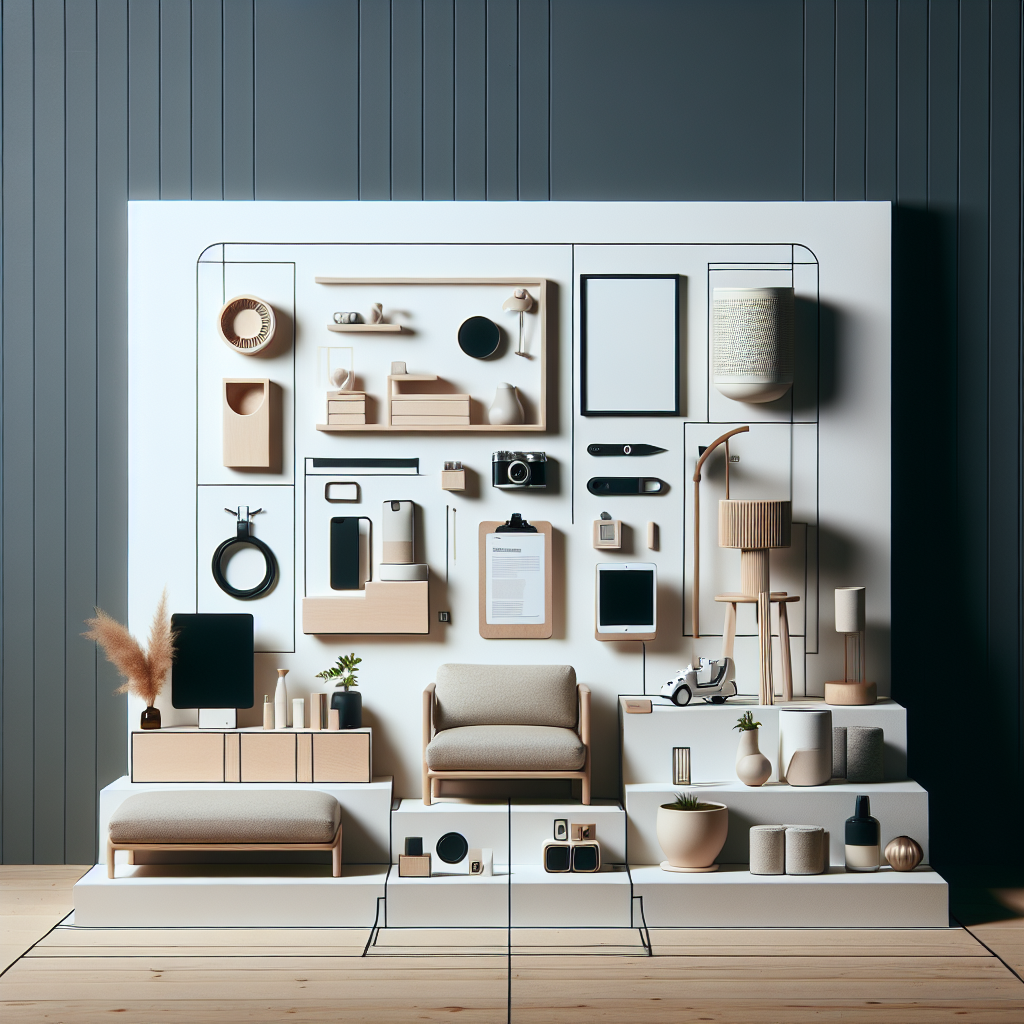When selecting a product, understanding design principles can significantly enhance your decision-making process. This article explores essential guidelines that will help you assess any item effectively before making a purchase. By applying these principles, you can ensure that the product fits your needs, aesthetic preferences, and functional requirements.
Understanding User-Centric Design
The cornerstone of effective product design is a user-centric approach. This principle emphasizes understanding the needs and behaviors of the target audience. When evaluating a product, consider how it aligns with user expectations. Look for features that enhance usability, such as intuitive interfaces or ergonomic design. Products crafted with user feedback in mind often deliver a superior experience.
- Usability: Ensure the product is easy to use and navigate.
- Accessibility: Check if it accommodates various user needs and preferences.
- Feedback Mechanisms: Look for built-in insights that allow users to track performance or functionality.
Evaluating Aesthetic and Functional Harmony
A product’s design must balance aesthetics and function. While a visually appealing item is essential, it should not compromise usability. When assessing a product, examine how its design elements contribute to both beauty and practicality. Functionality should always take precedence, as an attractive item that fails to perform will ultimately frustrate users.
- Materials: High-quality materials enhance durability and user experience.
- Color Schemes: Choose colors that resonate with your personal style while serving a purpose.
- Form Factor: Assess how the design impacts space usage and ease of storage.
Assessing Sustainability and Longevity
Today, sustainability is a critical design principle that cannot be overlooked. When choosing a product, consider its environmental impact and longevity. Products built with sustainable practices tend to focus not only on eco-friendly materials but also on creating items that require minimal upkeep over time. Investing in high-quality, sustainable products can lead to long-term savings and satisfaction.
- Eco-Friendly Materials: Assess if the product is made from recycled or sustainable sources.
- Maintenance: Consider how easy it is to maintain or repair the item.
- Brand Ethics: Evaluate the manufacturer’s commitment to sustainability and responsible practices.
Dell WYSE 5470 All-in-One Desktop Computer PC, 23.8″ FHD (1920 x 1080) IPS Display, Quad-core Celeron J4105, 8GB DDR4 256GB SSD, DisplayPort, Keyboard & Mouse, Windows 10 Pro (Renewed)

In summary, approaching product selection through the lens of design principles can lead to better-informed choices. By focusing on user-centric design, balancing aesthetics with functionality, and considering sustainability, you can ensure that the products you choose not only satisfy your immediate needs but are also aligned with your values and preferences. Embrace these principles for a more fulfilling shopping experience.

